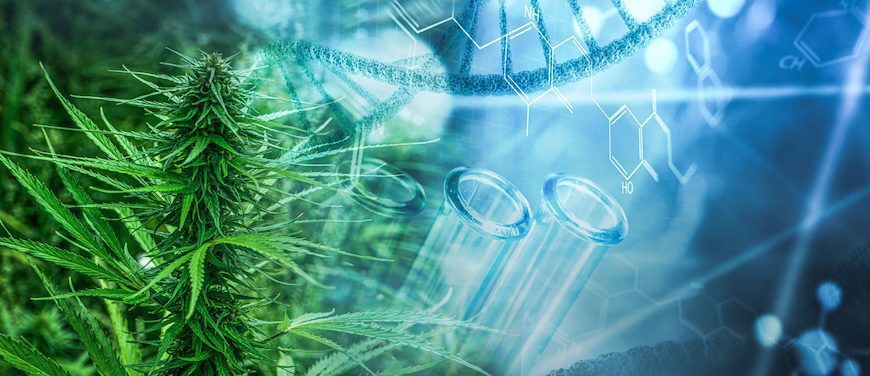For some individuals, even a few sips of Pinot Noir or Merlot can trigger intense headaches. This extreme reaction has always been puzzling but now a recent Scientific Reports study proposes an explanation for the dreaded red wine headache.
The study zeroes in on quercetin, a flavonoid abundant in red wine, and its interplay with ALDH2, an enzyme crucial in processing alcohol. Besides grapes, quercetin occurs naturally in many other fruits and vegetables, including oranges, berries, and olive oil. Normally considered a healthy antioxidant, it seems to wreak havoc once transformed into an alcohol metabolite.
Occipital Neuralgia vs Migraine
FDA Moves to Ban BVO Amid Neurological Concerns
New Migraine Drug May Even Prevent Treatment-Resistant Cases
Investigating the Cause
To establish a direct biochemical link between red wine consumption and head pain, the researchers first isolated quercetin from red wine samples using high-performance liquid chromatography (HPLC), a technique that separates and identifies compounds in a mixture. Following this, they conducted a series of test tube experiments to observe how quercetin interacts with the ALDH2 enzyme.
The body relies on ALDH2 to break down acetaldehyde, a harmful byproduct of alcohol consumption linked to headaches. The experiments found that introducing quercetin to ALDH2 clearly inhibits the enzyme’s activity.
“Acetaldehyde is a well-known toxin, irritant and inflammatory substance,” explained lead author Apramita Devi, postdoctoral researcher with the UC Davis Department of Viticulture and Enology. “Researchers know that high levels of acetaldehyde can cause facial flushing, headache and nausea.”
Previous research has shown that acetaldehyde causes irritation and inflammation. The researchers also noted that disulfiram, a medication for treating alcohol dependence, induces similar symptoms by causing acetaldehyde to accumulate in the body. Interestingly, about 40 percent of people of East Asian descent have a genetic variation that affects the enzyme’s efficiency, leading to a buildup of acetaldehyde in their system.
Different Quercetin Levels
The study went further by comparing the levels of quercetin in red wine with those in other types of alcohol. Results showed that red wine contained distinctly higher levels of quercetin and its glycosides compared to white wine, beer and spirits. Specifically, red wine produced a significantly higher concentration of a form of quercetin known as quercetin-3-glucuronide, which hampers the activity of the ALDH2 enzyme.
If a standard red wine drink contains about 50.6 µM (micromolar concentrations) of quercetin, the authors said that the expected concentration of quercetin in blood plasma would be around 6 µM. Given that nearly 80 percent of this quercetin in plasma corresponds to quercetin-3-glucuronide, this results in a 37 percent inhibition of ALDH2 enzyme activity. That level of curtailment – which is not observed in other foods with higher bioavailable quercetin but no alcohol – can result in substantial acetaldehyde accumulation. It’s the likely culprit of that throbbing red wine head pain.
A stark contrast was noted in the total flavonol content between red and white wines. In two experiments, the flavonol content in white wines was found to be almost ten-fold lower than in red wines. Higher concentration of total flavonols weemed to further contribute to a greater inhibition of ALDH2, and thus red wine’s headache potential.
Other Variations
Sun-exposed grape clusters exhibit quercetin levels that are 4 to 8 times higher than those in shaded clusters. This discrepancy manifests in the total flavonol content of wines, where ultra-premium wines contain four times more flavonols than high-volume wines. Variations like these, influenced by vineyard practices and wine-making techniques, show how both grape variety and production processes can increase a wine’s potential to cause headaches.
The concentration of quercetin-3-glucuronide in red wines varied across different types and brands as well. For instance, various Vitis vinifera red wines exhibited chemical levels ranging from 10.26 to 13.81 mg/L, and Italian Sangiovese wine showed levels as high as 19 mg/L. This variability further emphasizes the role of quercetin in contributing to red wine headaches and indicates that some red wines may be more problematic than others.
The scientists said they will carry out further research to fully understand the implications of their findings.
“We postulate that when susceptible people consume wine with even modest amounts of quercetin they develop headaches, particularly if they have a preexisting migraine or another primary headache condition,” said co-author Morris Levin, professor of neurology and director of the Headache Center at the University of California, San Francisco. “We think we are finally on the right track toward explaining this millennia-old mystery. The next step is to test it scientifically on people who develop these headaches, so stay tuned.”



